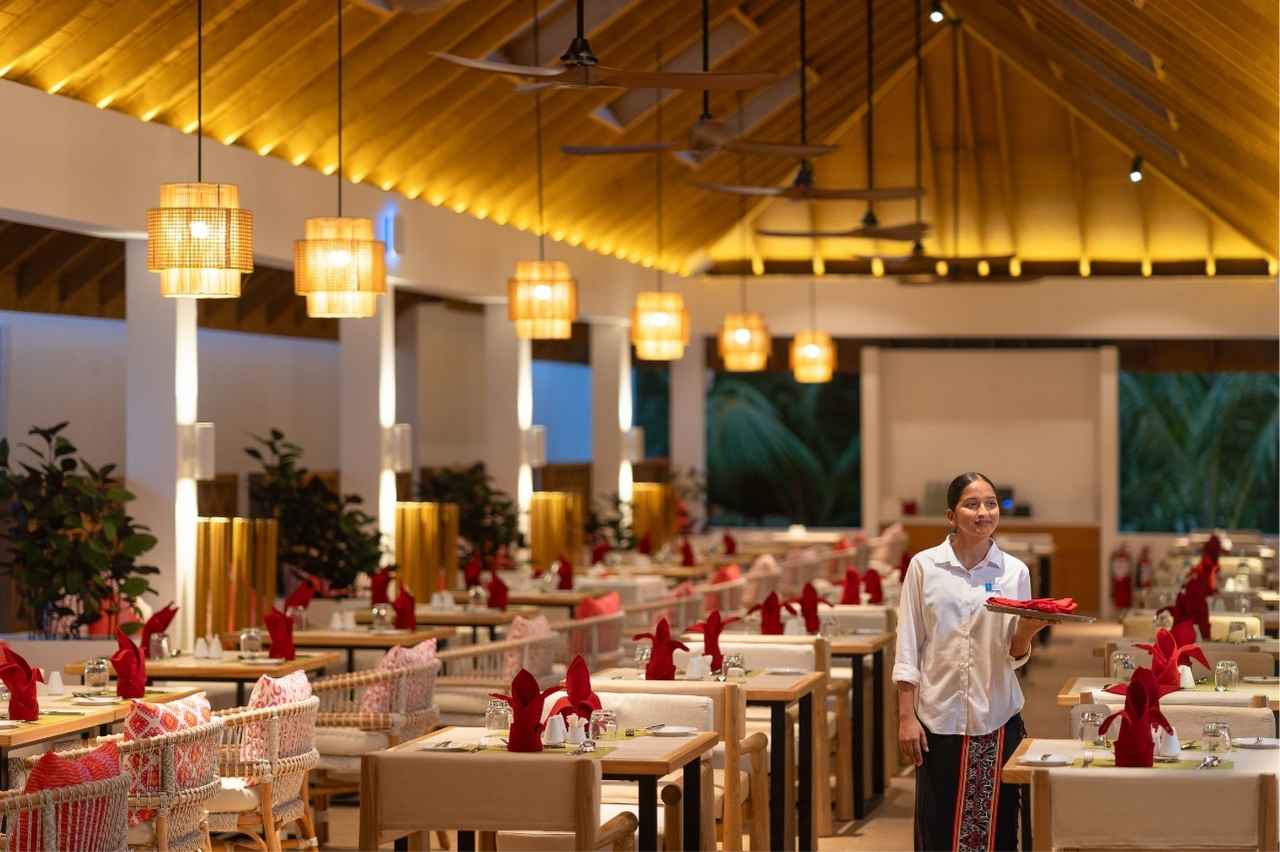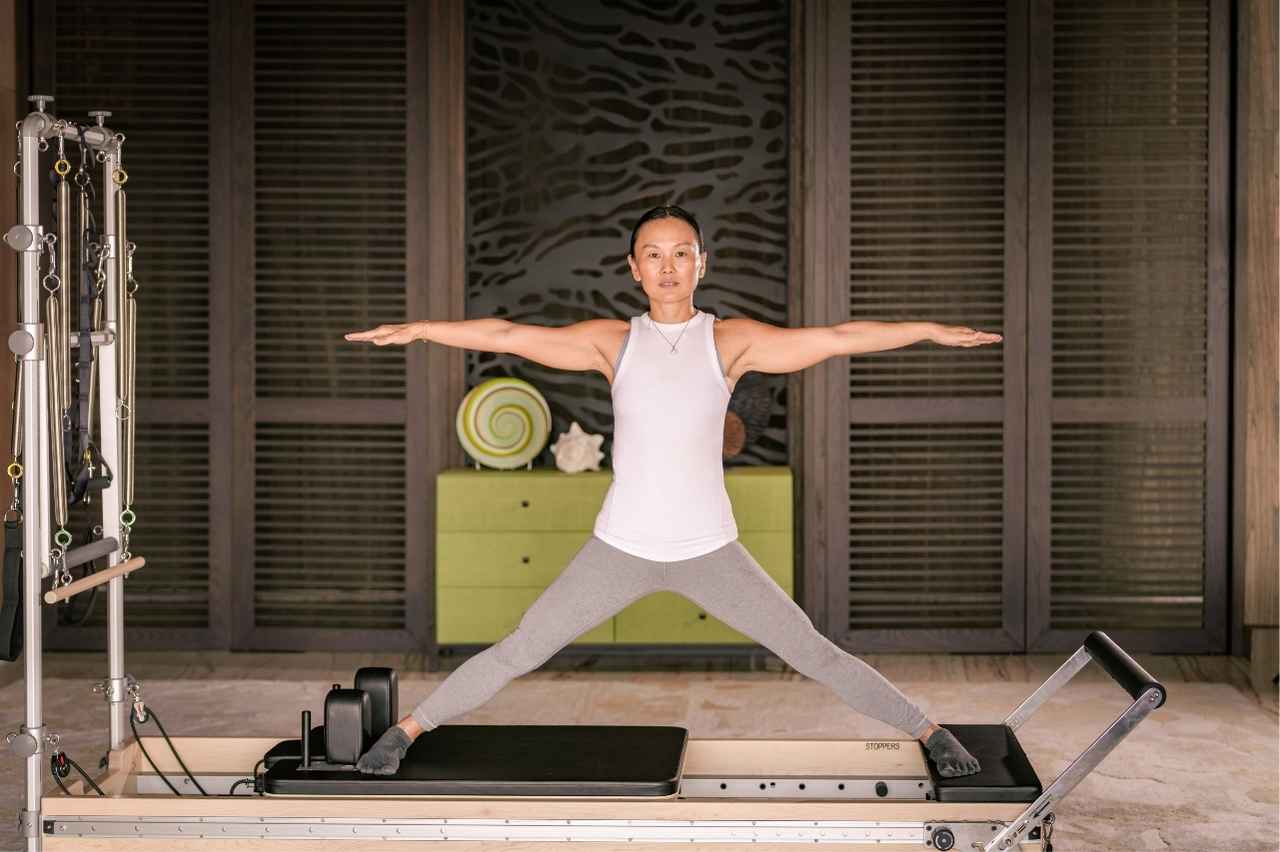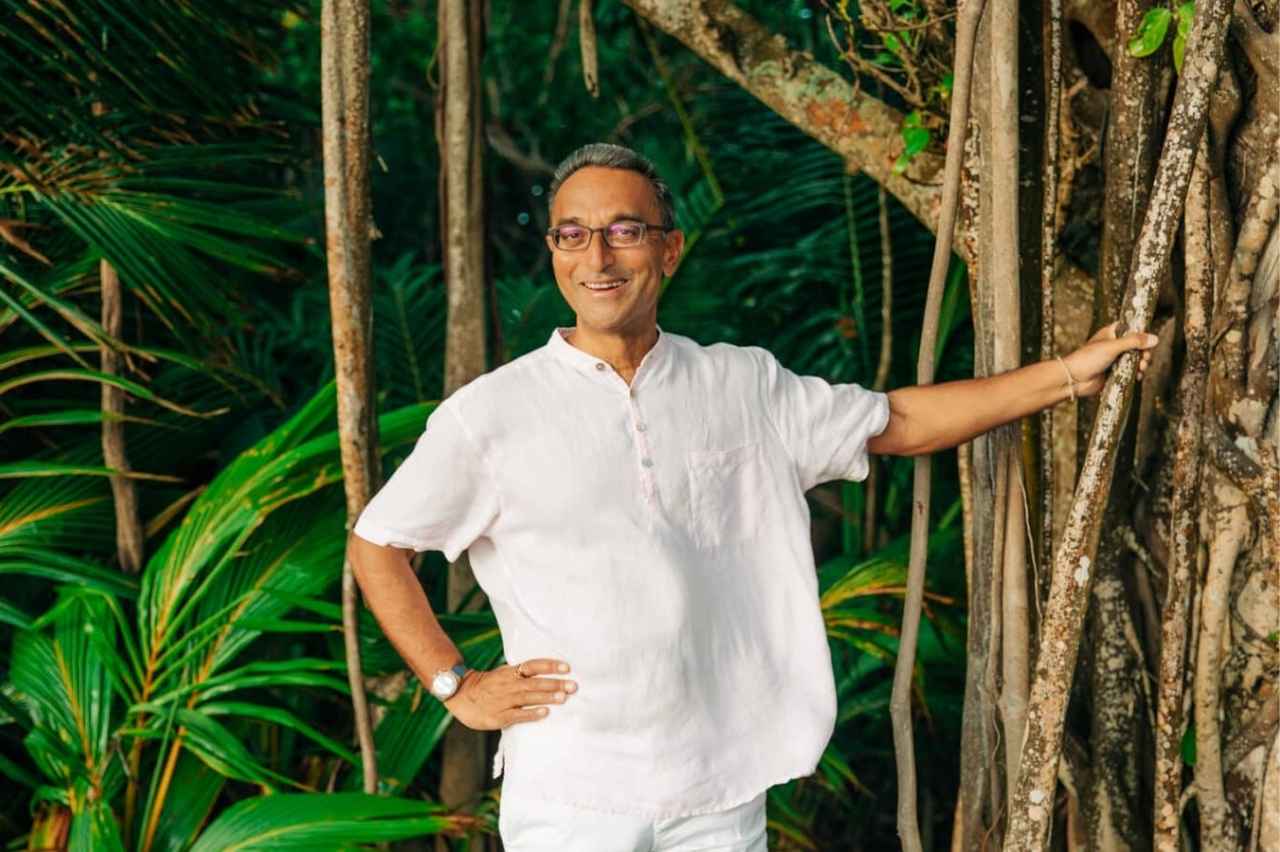Dubai plans to redefine the travel experience for millions and reshape its geography by retiring one of its most iconic institutions: Dubai International Airport (DXB). Once a symbol of the city’s meteoric rise, DXB now nears closure as Dubai shifts its aviation ambitions to a colossal new home, Al Maktoum International Airport (DWC).
For decades, DXB has played a central role in global air travel, processing over 90 million passengers annually and serving as the beating heart of international connections between East and West. However, the airport’s legacy as the world’s busiest international hub approaches its final chapter. Why? Because Dubai envisions a future defined by space, scale, and a bold new concept of travel and urban life.
Why Close the World’s Busiest International Airport?
The answer lies 45 kilometers south in the desert sands of Dubai South, where Dubai is building a new mega-airport. Al Maktoum International, already partially operational, will become the world’s largest airport. When completed, it will feature five runways, 400 aircraft gates, and the capacity to handle 260 million passengers each year.
Unlike DXB, which dense neighborhoods in Garhoud and Al Qusais confine, DWC gives Dubai room to grow. In contrast, the new site offers scalability and flexibility. The project doesn’t just expand the city’s capacity—it reimagines it. Sleek architecture, cutting-edge technology, and integrated logistics with nearby Jebel Ali Port will ultimately deliver a smoother, more efficient experience for travelers and cargo alike.
Dubai isn’t just chasing numbers; rather, it’s planning for longevity. DXB, built in 1960, continues to age. Its infrastructure nears the end of its useful life. Keeping it operational would force the city to invest billions just to preserve the status quo. Dubai chooses a clean slate.
What Will Happen to the Land?
By closing DXB, Dubai unlocks a massive piece of prime real estate in its urban core. While officials haven’t announced exact redevelopment plans, they’ve opened the door to limitless possibilities. Think residential neighborhoods, parks, commercial centers—a brand-new district rising where runways once lay.
In fact, this transformation reflects the evolution seen in other global cities. Hong Kong, for instance, turned its former Kai Tak Airport into a thriving urban hub. Dubai plans to do the same—only on a larger scale.
When Is This Happening?
The shift won’t happen overnight. Dubai expects the transition to unfold over multiple decades. The first new terminal at Al Maktoum will open in 2032, and officials aim for full capacity between the late 2030s and the 2050s. Until then, DXB will keep serving passengers as Dubai phases in the move to DWC—starting with cargo and low-cost carriers, followed by flagship airlines like Emirates.
Travelers flying to and from Dubai will experience business as usual, for now. But the city has already set the change in motion, and soon, its skyline and story will look very different.
The Bigger Picture
Dubai has never hesitated to reinvent itself. It has transformed from sand dunes to skyscrapers, from a sleepy fishing village into a global metropolis. The closure of DXB doesn’t mark a loss; it signals a pivot. This moment reflects Dubai’s faith in the future, its bold planning, and its relentless drive to build bigger and better.
Unlike most cities, which adapt to their airports, Dubai is flipping the script. The city isn’t just designing an airport for tomorrow; it’s designing an entire city around it.
Feature Image via Arabian Business








